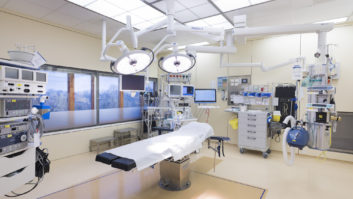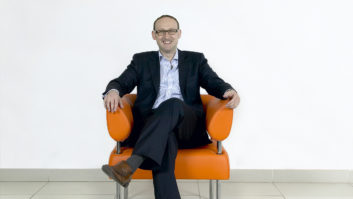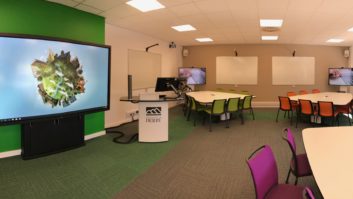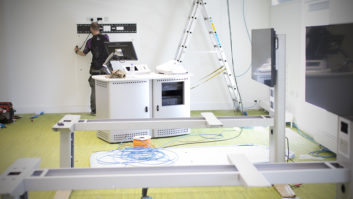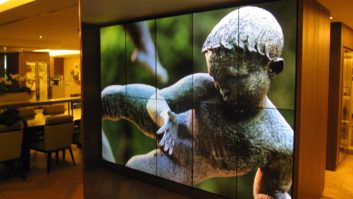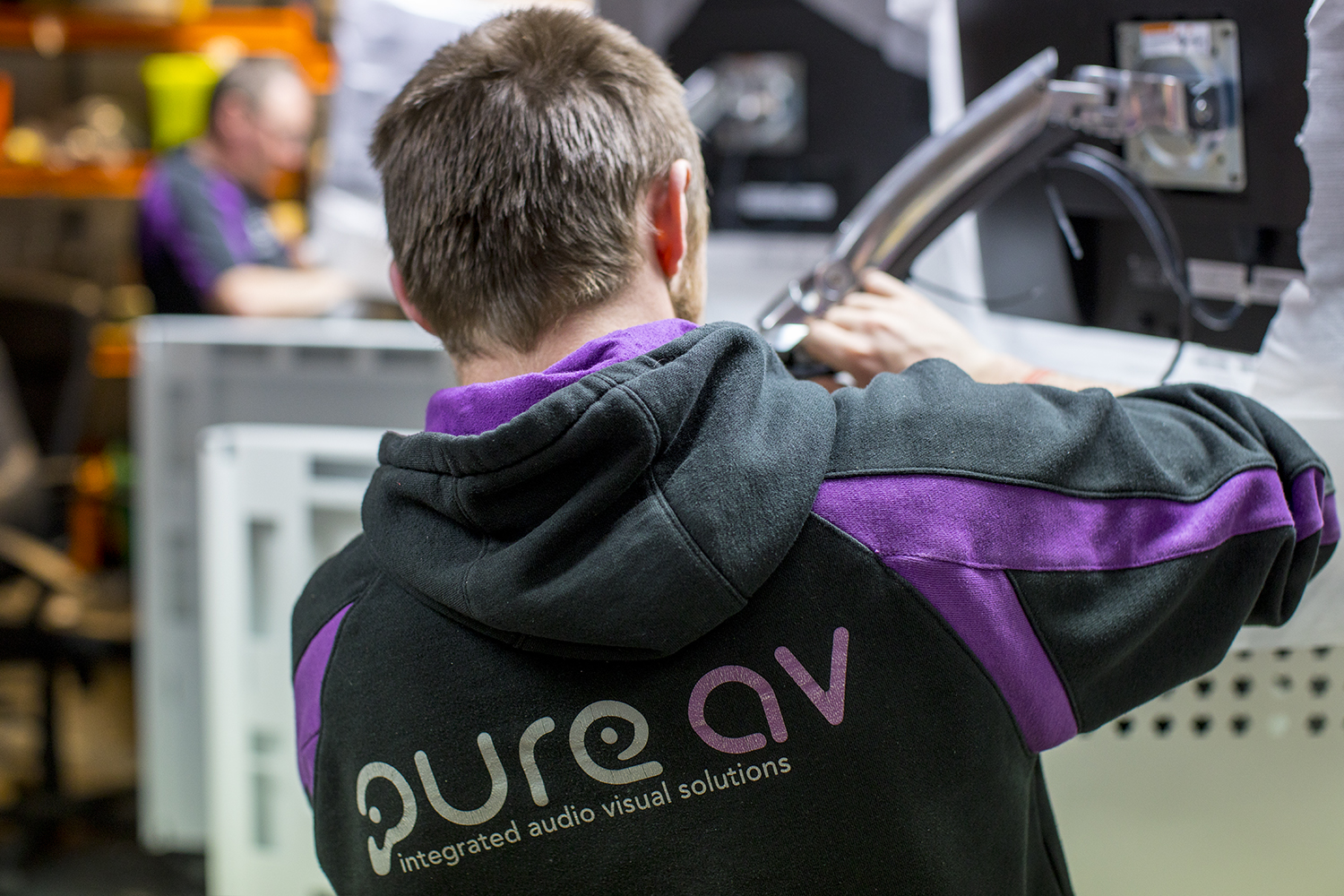
Pure AV managing director and co founder Peter Sutton discusses how his business and the AV market evolved, plus provides his views on what’s hot in AV now and why end users should view their integrator as a life long partner
Hi Peter. Tell us about Pure AV.
The business started 14 years ago supplying audio visual integration services to the HE market. Over the years we have grown our operations and now employ 50 staff who work together providing design, integration and support services to a range of different verticals including heritage, healthcare, enterprise, sports stadia, leisure and hotels across the UK and into Europe.

As an AV integrator, I believe it’s our role to understand the technology choices available, establish the desired objectives of the client and find innovative, cost effective ways to bring those elements together in a solution that will be well adopted and secure the client a positive return.
What’s your geographic reach?
Our head office is based in Preston, Lancashire and we have a regional office close to Halifax in Yorkshire. We support a customer base across the UK and into Europe, although we have also delivered solutions to Australia and Dubai recently.
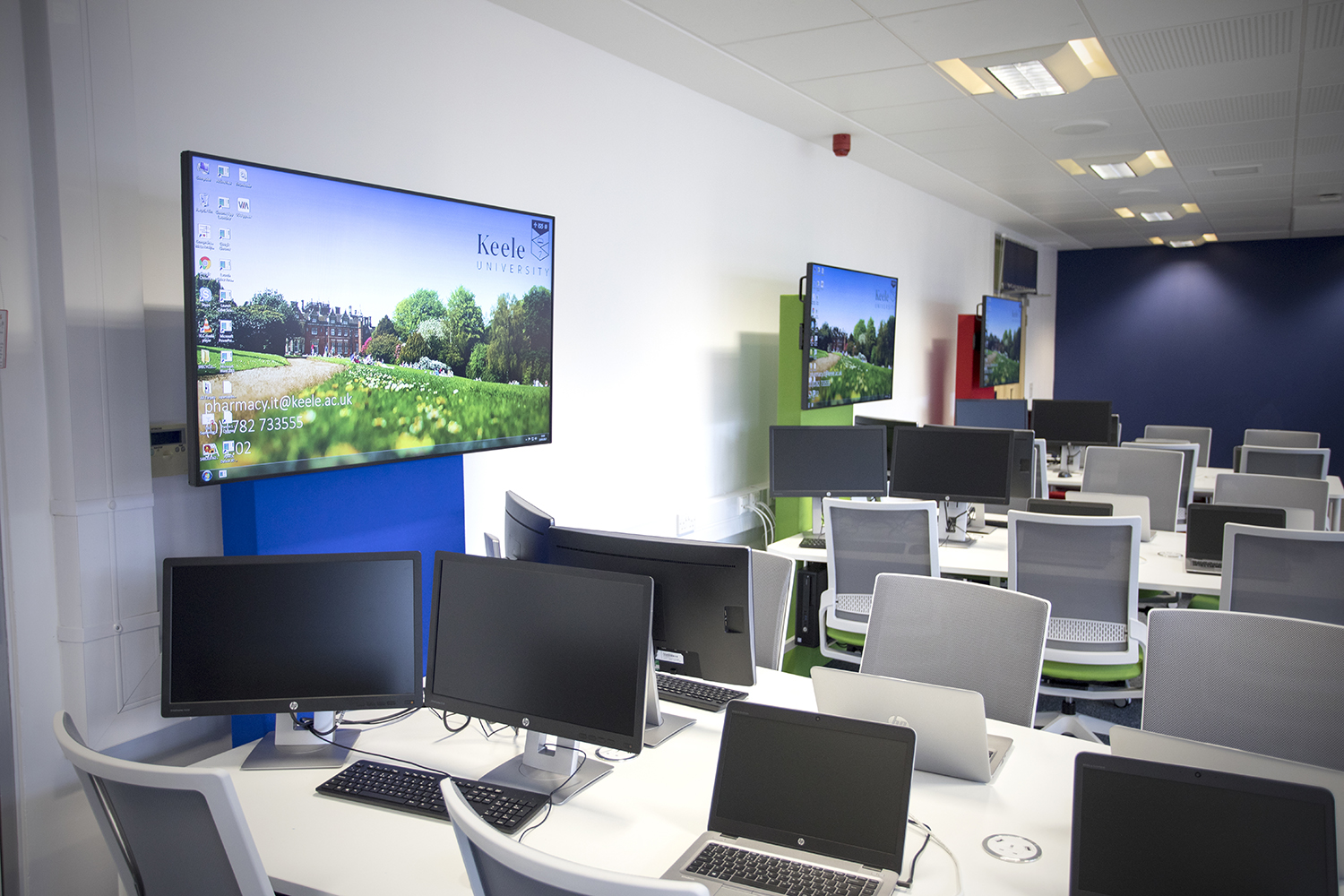
What trends are you seeing in the current business market?
Flexible collaboration is becoming more prevalent in the corporate sector. Gone are the days of long drawn out meetings with people unnecessarily travelling to be presented to. Communication over IP is now becoming the norm, and we see increasing numbers of our business customers looking to equip their built environment with high-quality areas to facilitate this. These could be small huddle rooms with wireless connectivity and web conferencing to cater for ad-hoc, impromptu discussions or more formal meeting rooms but equipped with VC codecs, Skype infrastructure or all in one devices such as Microsoft Surface Hubs. An organisation that can facilitate these meetings and bring remote staff in over IP can maximise the effectiveness of their team’s output and speed up decision making while reducing wasted time and travel costs.
Are you seeing any changes in attitudes by businesses towards having good quality AV?
The need for good communication between businesses and their internal and external audiences continues to be a driver for investment in AV equipment. I think organisations are now beginning to acknowledge the potential impact that good quality image and sound can have on the way in which their communications are received.
Expectations around audio and visual performance amongst staff and clients have been raised by the quality of the equipment that we carry in our pockets and have within our homes. And we see this reflected in the systems that we are being asked to deploy.

The ability to accommodate BYOD and wireless connectivity also now has a greater importance the design of the AV systems that businesses deploy. And as costs of professional LFD have come down, we are being asked to install high-quality display devices in more areas than previously seen.
Furthermore, I think businesses increasingly recognise the importance of choosing the right integrator to not only deliver their systems but one who can support its operation over its usable life.
What’s hot right now?
Interactive LFD’s and Microsoft Surface Hub are currently extremely popular right now. This is due to their simplicity and usability. Additionally, video chat or SKYPE enabled meeting spaces are now inexpensive to deploy and provide tangible reductions in operating costs.
What’s your personal favourite?
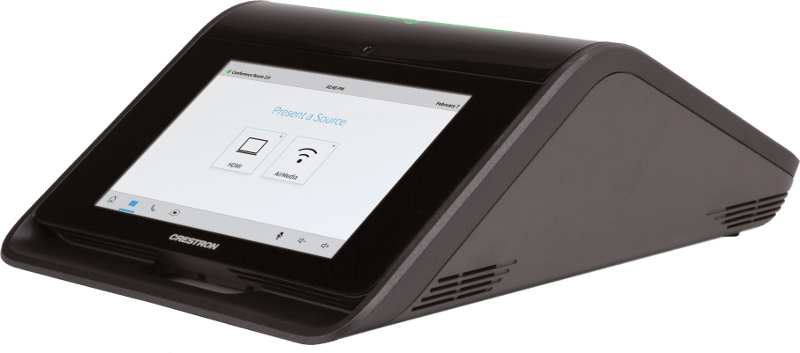
I’m very keen on the Crestron Mercury at the moment as it offers a solution that is easy to deploy, easy to use and easy to manage. The ability for room users to present wirelessly from their own devices or pair mobile phones for enhanced audio and interact and share content with remote participants using Skype for Business is appealing to customers looking for a simple huddle room solution. Balance that with its relatively low cost and ease of installation, I can see this or similar products being deployed by organisations as part of their everyday built environment.
What are the biggest obstacles/frustration you’re seeing in the industry?
Price and competition are always going to affect the way we do business, and sometimes this can lead an organisation to make the wrong investment choice particularly when making the purchase based on price alone. We believe that end user companies should recognise the benefit in services and capability provided by an integrator, not only at the start of a project, but throughout the life of the systems they deploy. Unfortunately, this is not always the case, and all too often a solution is chosen based on the initial price alone. We know through experience that when those complex systems fall over, the initial company chosen will not have the skills or resources to provide reliable and timely responses to resolve issues.
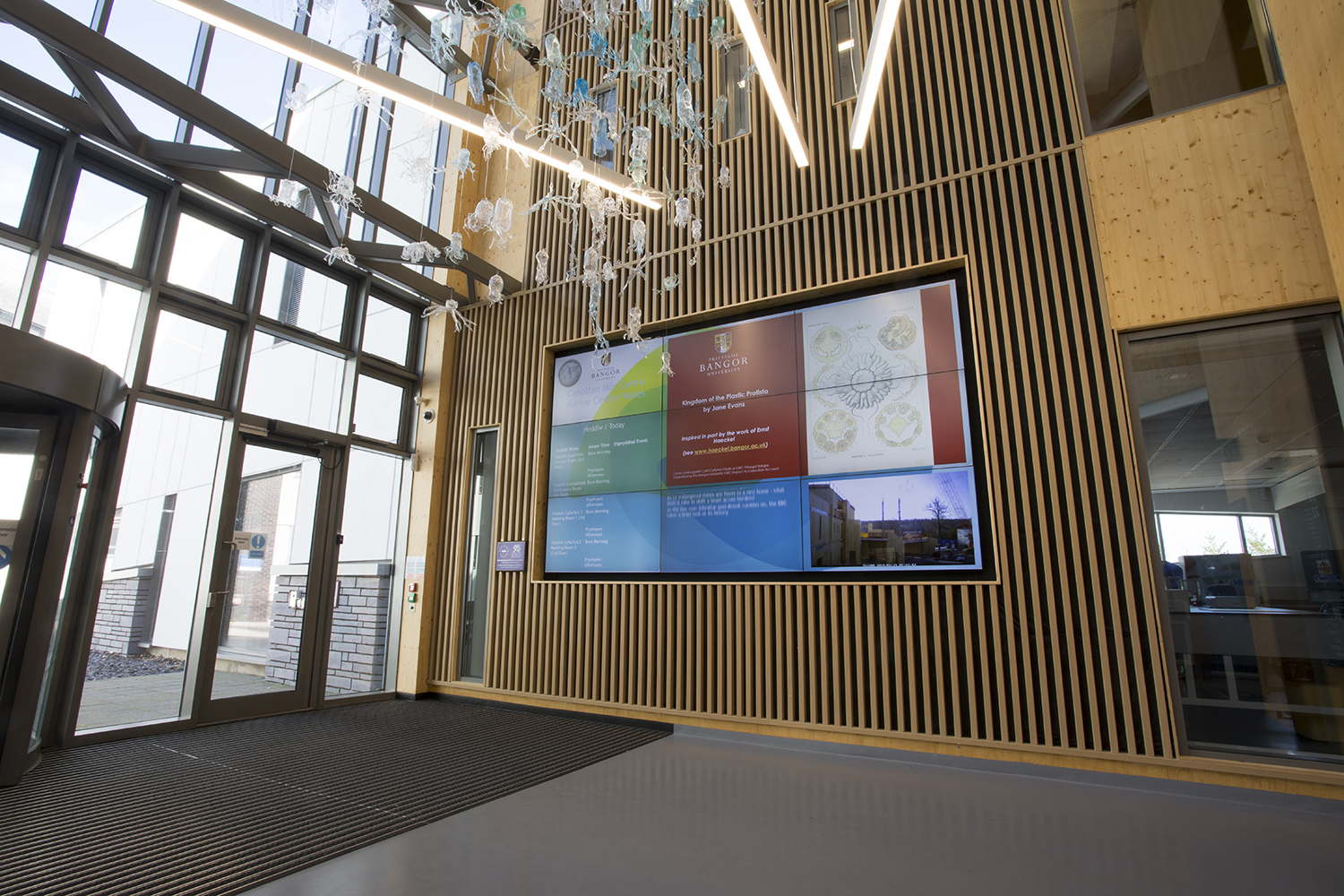
Education in our market is limited, and often experience is only gained by working within the industry. The education system is too heavily fixed on skills gained in the IT sector (for obvious reasons) but there should be some scope for broadening those IT skills into the AV arena for those still learning – after all this is a connected world and Sound and Vision is just as key as the methods required to deliver data over networks.
Why should end users go through an integrator and not attempt to do things alone?
An integrator is a specialist and employs people who understand how to navigate the complex world of AV. They will bring with them experience of not just the individual piece of equipment but crucially how to bring those pieces of technology together in the most effective way. At Pure AV we invest a lot of time in looking at and investigating the latest technology, testing not just performance of the output but also the ability to control it and how it integrates with other equipment. It would be difficult and costly for most end users to carry out this level of investigation. The experience of the integrator could also reveal a more effective way to achieve the desired outcome, helping the end user to avoid unnecessary expenditure.
An integrator is a partner who will listen to what the client needs and design a solution to best meet the needs of the client. A trusted integrator will also not over-engineer the same solution in search of increased revenues but will meet the brief with products that are designed to achieve the end goal.
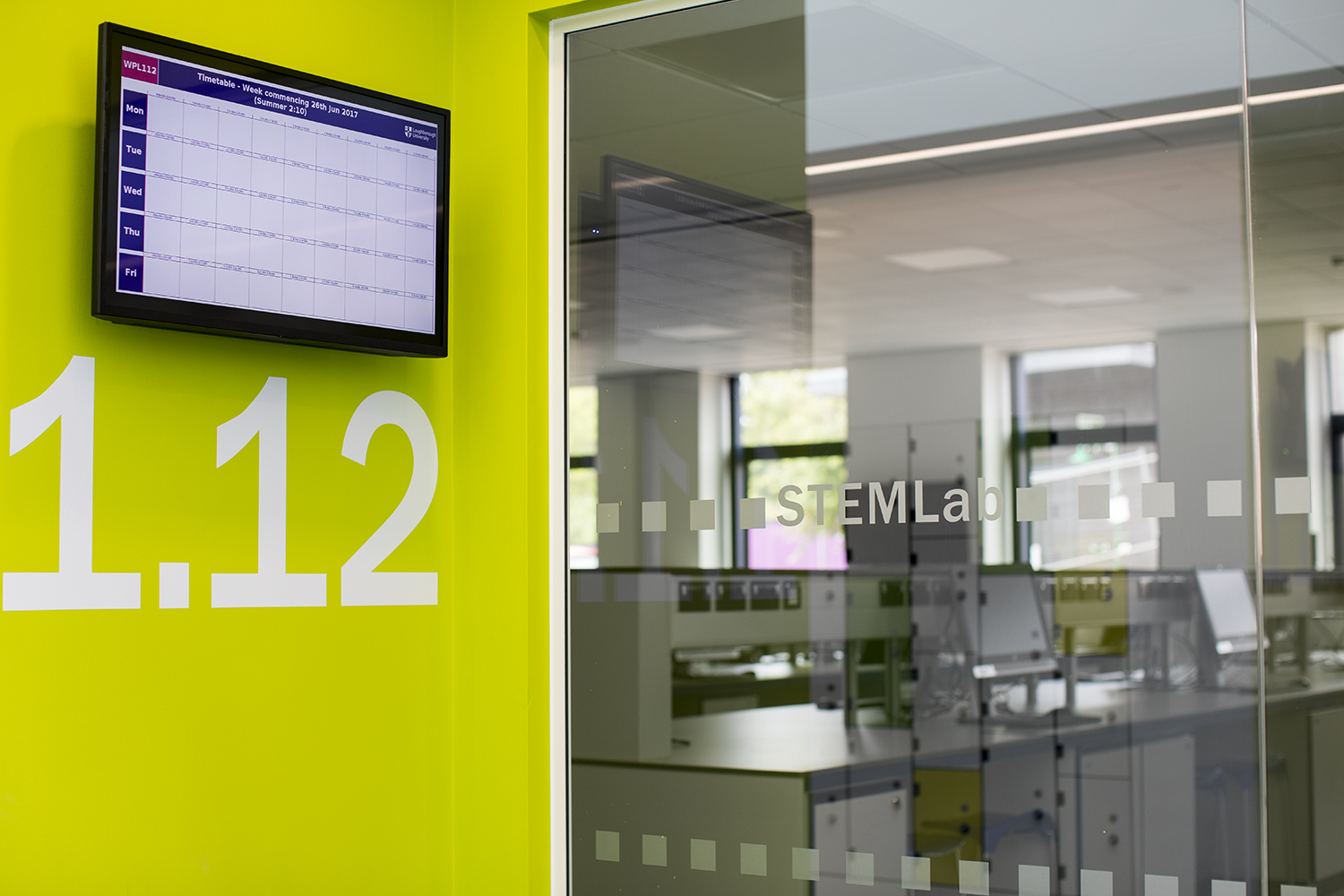
What are some of the biggest mistakes made by end users when it comes to AV?
Over-complexity in systems is a regular failing within business. Clients often spend significant amounts of money on cutting-edge systems that offer unlimited options for the end user; however, a review of those systems 12 months down the line will frequently demonstrate that people have only used 10 per cent of its operational capability. Clear needs analysis is critical to delivering a system that truly delivers a tangible return on investment to the client, and that is where a partnership with a good quality professional AV Integrator comes into its own.
Finally, how important is having good quality AV for a business?
Good quality AV can have a positive impact on the way that an organisation is perceived by its customer and on the morale of the workforce. A customer entering an office space will make judgements about that organisation based on the office environment. Striking signage displaying examples of current activity or information about the business will create a good first impression and set positive expectations about the quality of the company.
An employee who constantly battles with failing or over complex meeting room technology will not only waste a lot of time but will also feel very different to an employee who is about to enter a meeting room confident that the AV equipment will work and know that they can get in and just get on with their job.
Professional AV should be there to support the needs of the client. It should be easy to use by all, reliable and provide a meaningful ROI. Simplicity is the key, and that is where an organisation like Pure AV can add real value.


